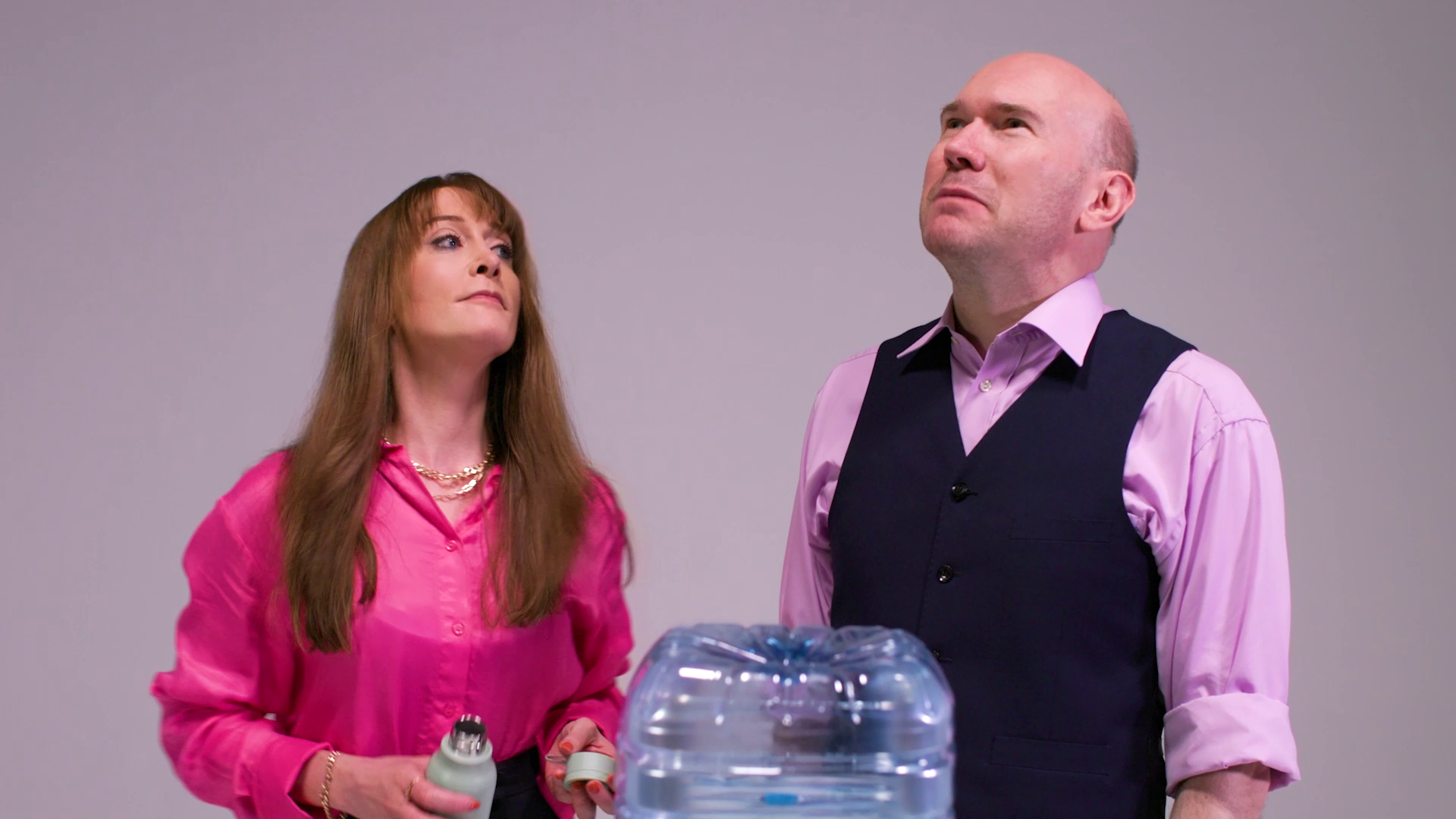After due consideration, we agreed that the chances of Messers Stallone & Snipes, or the UK representatives of Warner Bros, being in the audience of this event were slim; however the unauthorised use of someone else’s content caused us a moral dilemma, and we decided against. After all, if someone were using some of our content in a public place without due consideration we would be rightfully aggrieved, and so ethics prevailed.
This did set a chain of thought in motion though, about the current trend for both training consultants and L&D managers to “curate” content from a myriad of sources. I’ve heard many trainers tell me how they have weaved clips from The Office, The Apprentice and more recently The Call Centre into their training events. Video as we know creates longer lasting memories and more engagement when used in context in the classroom. However what are the implications for people who run amok on the internet sourcing everything they can lay their hands on? For example, can you copy a photograph from someone else’s website and paste it into a PowerPoint presentation? Is it okay to link to a YouTube video and show it to an audience of paying delegates? But what if they are not paying, what represents “commercial use”?
Copyright guidelines for L&D managers
Here are some guiding principles that can help you create a ‘code of good practice’ and ensure that you’re using your learning content legally, which will not only absolve you from the risk of litigation but will also support the industry and those who helped to create the resources.
- Check that you can use it: use stock photography, illustrations, animations, Flash files, video footage, music or other content in your training, only if you are certain you are not breaching copyright.
- Check that you can use it in the format you want: ensure you have the right licence to use any external resources for your specified purpose, and in the format you require (e.g. to insert in PowerPoint, for printed materials, to circulate in email etc). If in doubt, check with the copyright holder first.
- If the copyright doesn’t allow you to use the content for free consider other options. For example, maybe the copyright holder will let you use a smaller piece of content for a smaller fee
If in doubt, ask an expert! A lawyer or the owner of the copyright will usually be able to advise you.
Don’t Just Curate – Create!
Whilst nobody wants to rediscover the wheel with the wealth of content already available (at our last count, Video Arts has in the region of 200 programmes covering thousands of business learning objectives), sometimes training content needs to be specific to an industry or job function. This is where we are seeing the rise of User Generated Content across all types of businesses. Not only can the content be built to address the most specific of detail, it is also helps avoid the minefield of copyright and intellectual property.
Creation of acceptable quality video communication has never been easier. Smartphones with high quality video cameras sit in the pockets of over half the adult UK population, and high quality Digital SLR’s at less than £500 can produce a quality of shot that, whilst they won’t trouble the Oscars for a Cinematography award, will be more than adequate for most “internal broadcasts”.
However, being able to hold a camera steady and press the button is only a fraction of the story. The considerations of making your learning video should be manifold. From scripting and storyboarding, to lighting, audio & editing. From the challenge of discovering Bill in accounts can’t actually act as an accountant when the camera starts rolling, to realising post-shoot that the air conditioning really has drowned out half of the CEO’s speech. To make effective videos – efficiently – you may wish to consider an outside helping hand.
Making a video is as much about process as creativity. At Video Arts we understand that you might not have the budget to commission professional videos for all your internal projects, but if you apply some simple principles you can make some professional looking content very cost-effectively.



